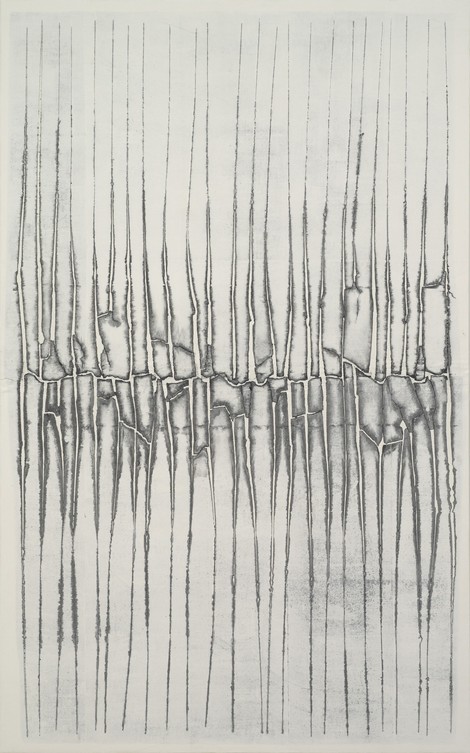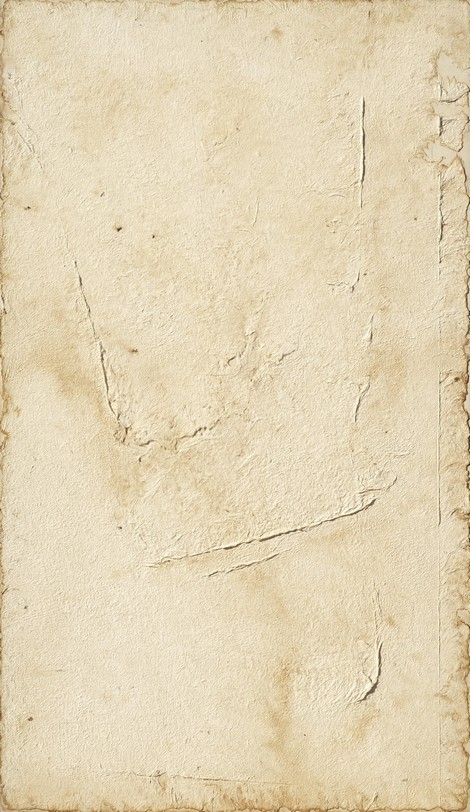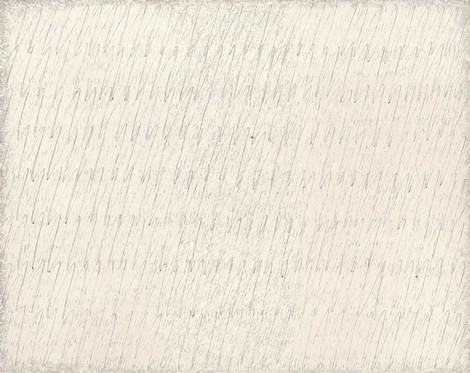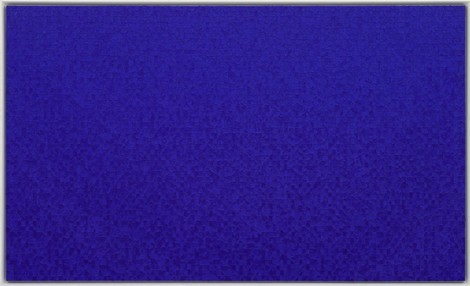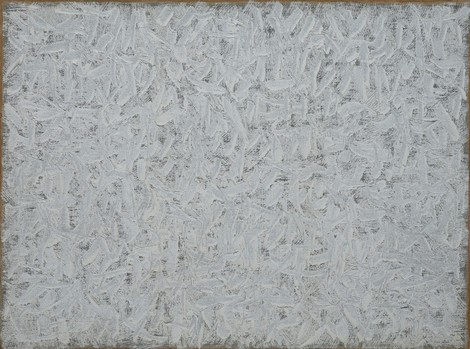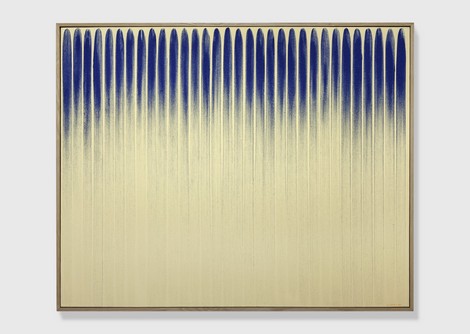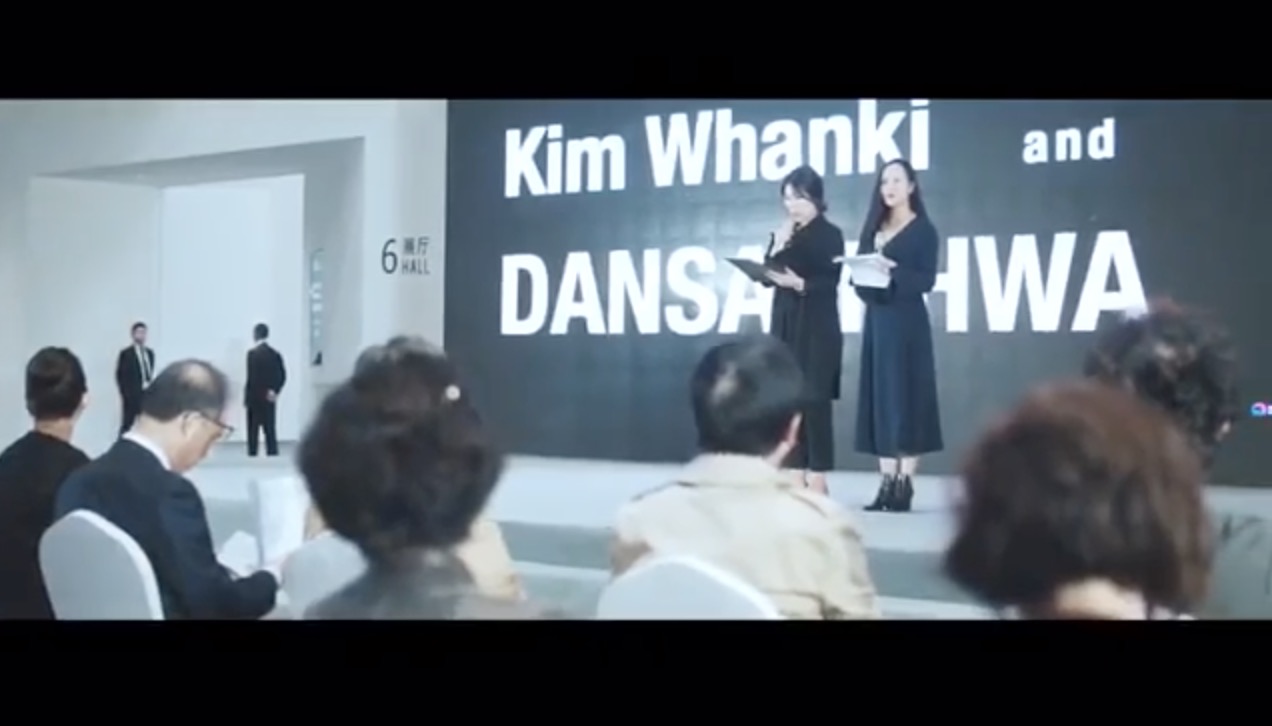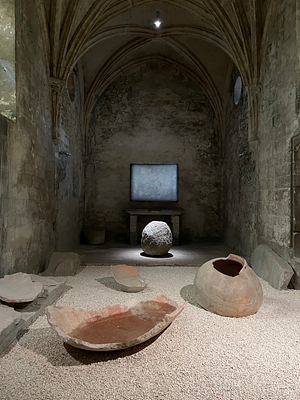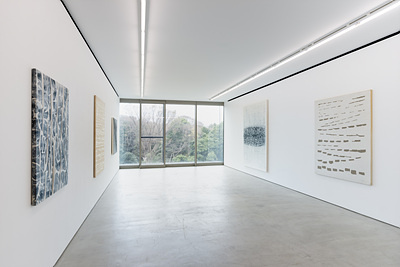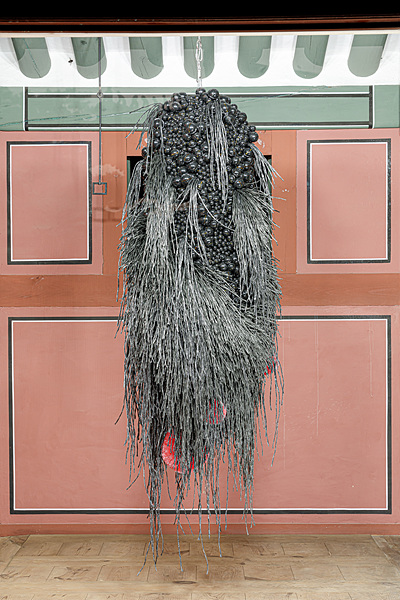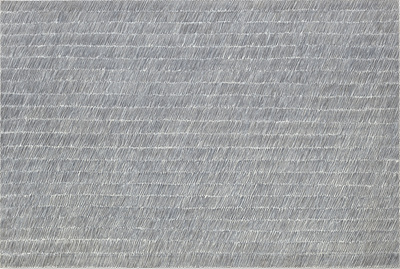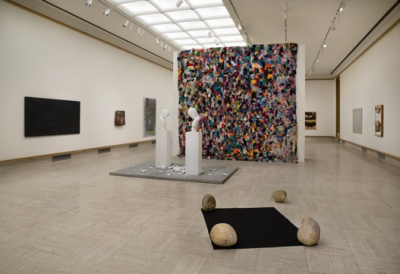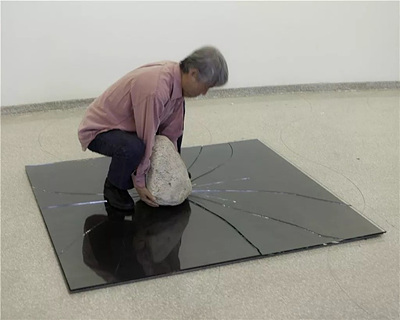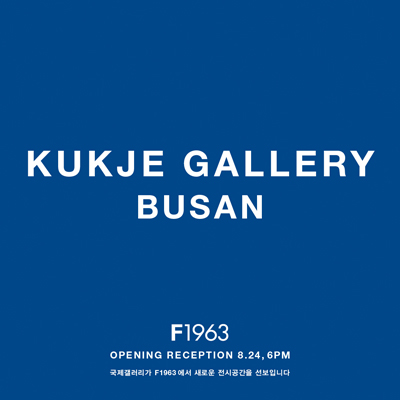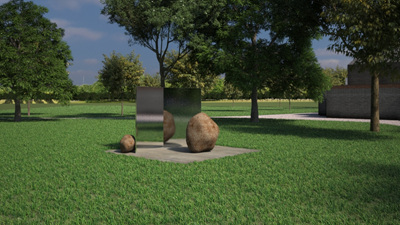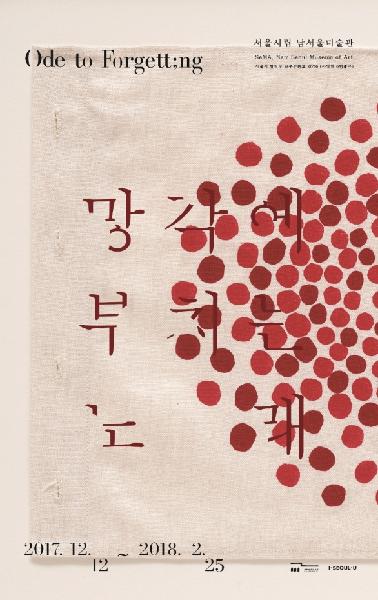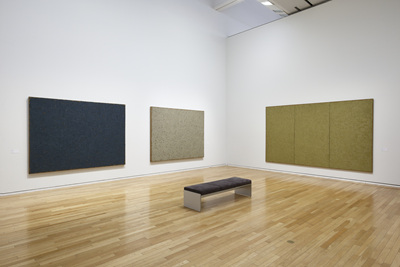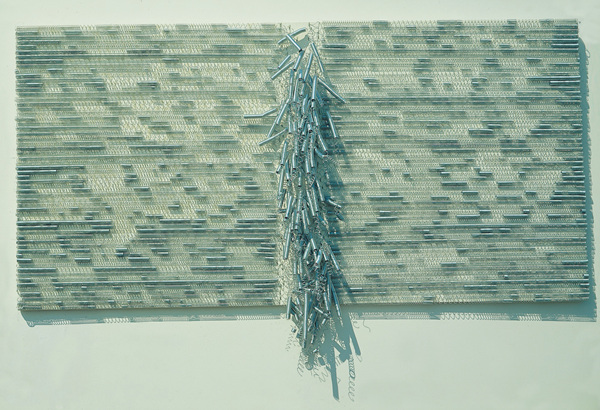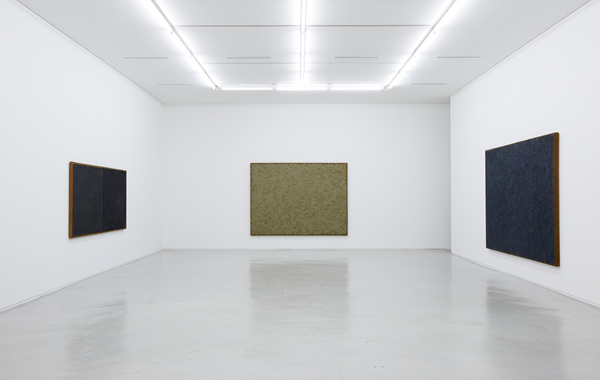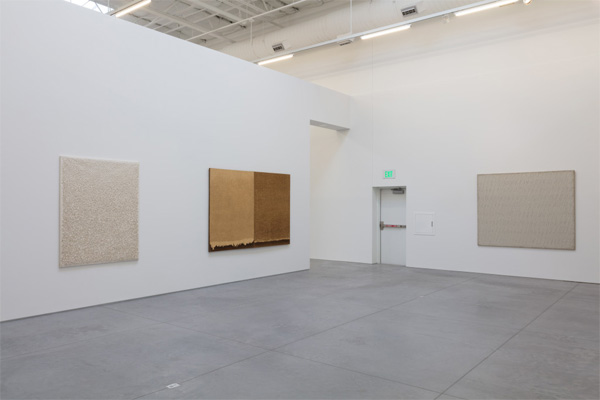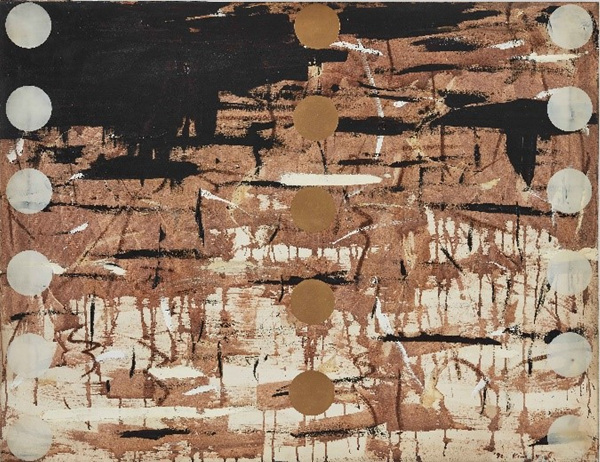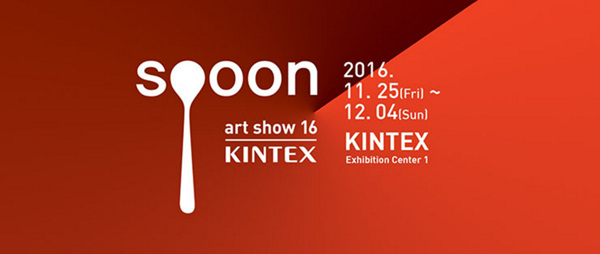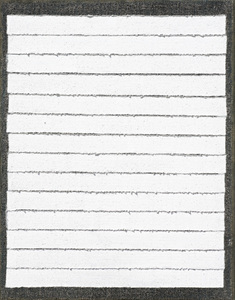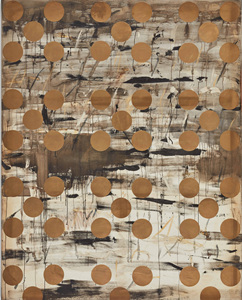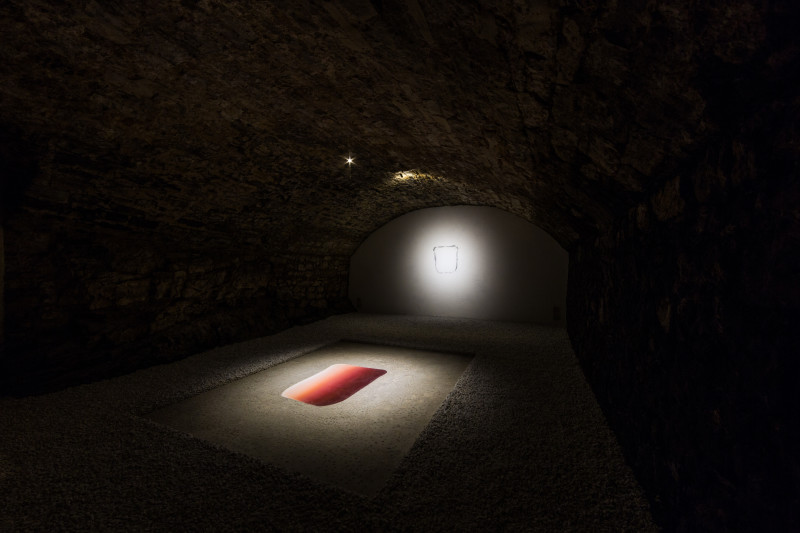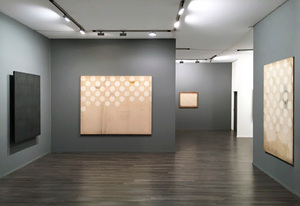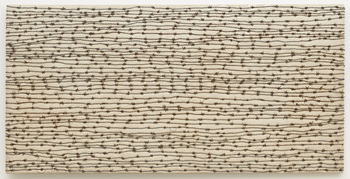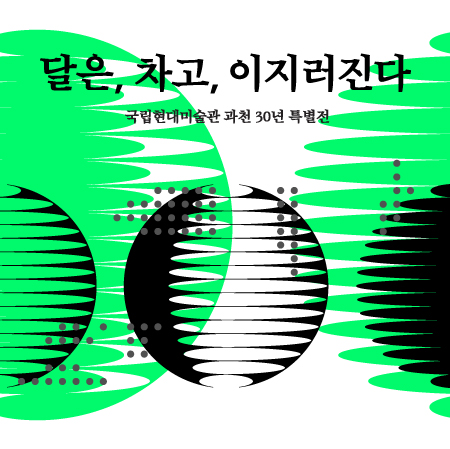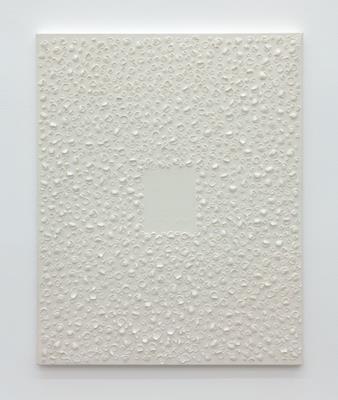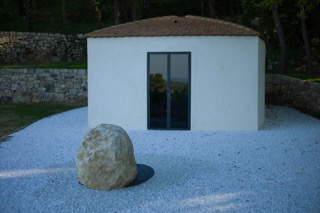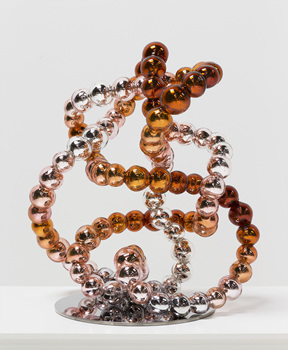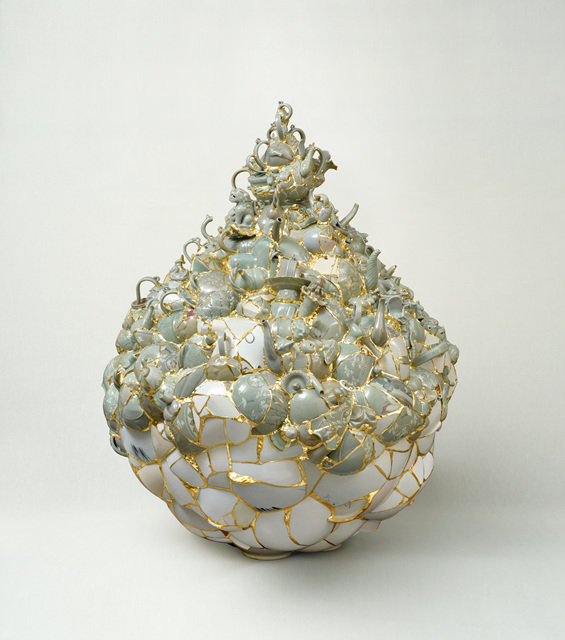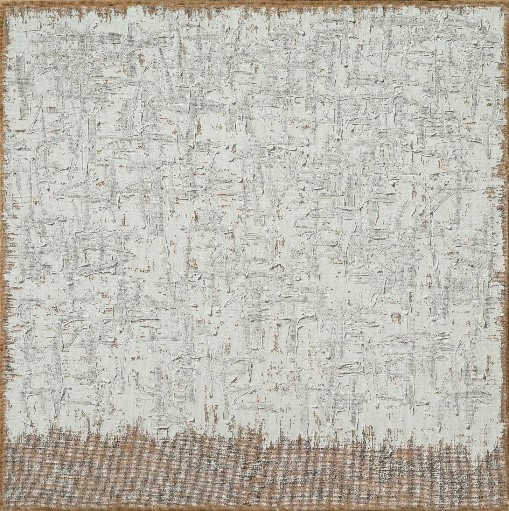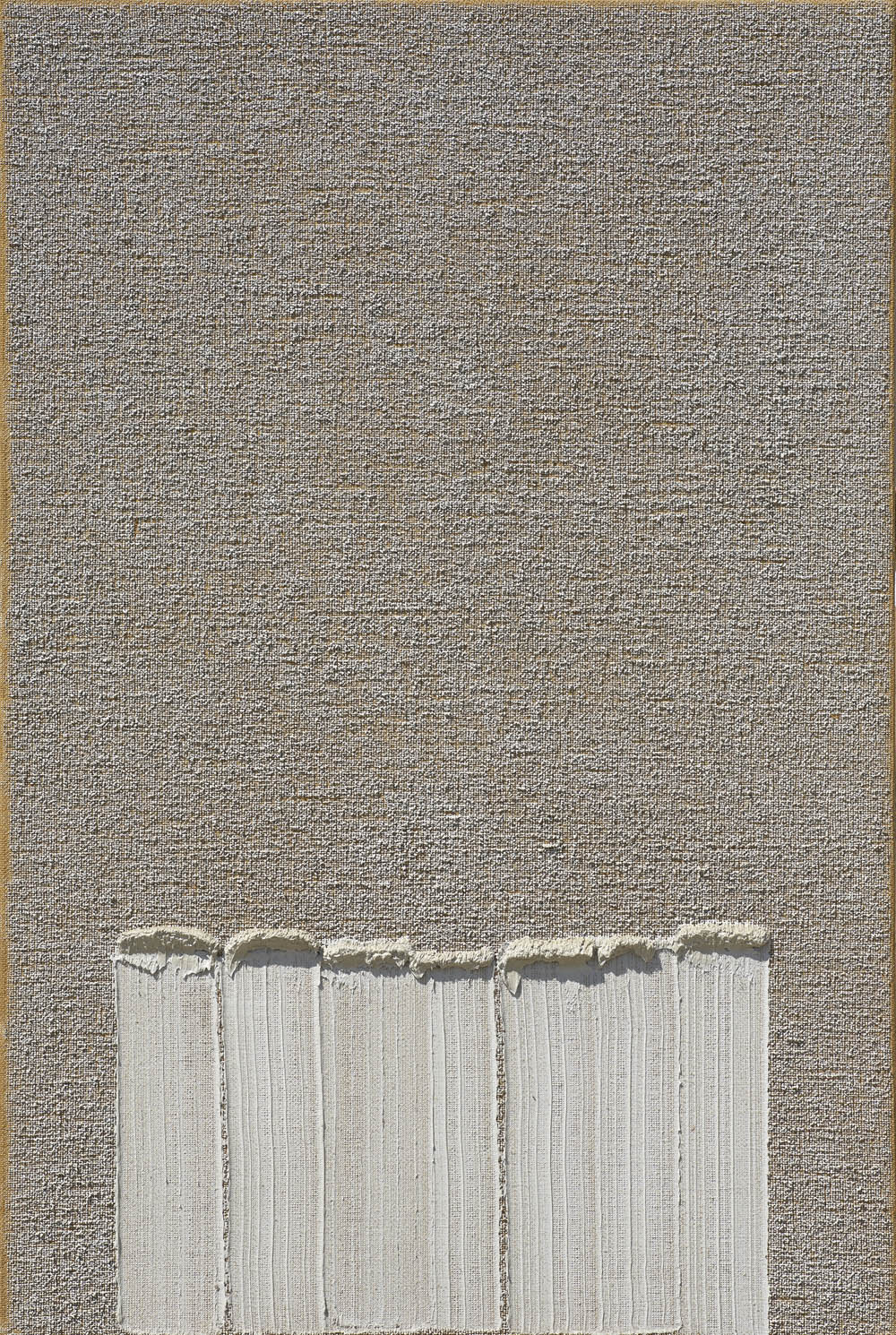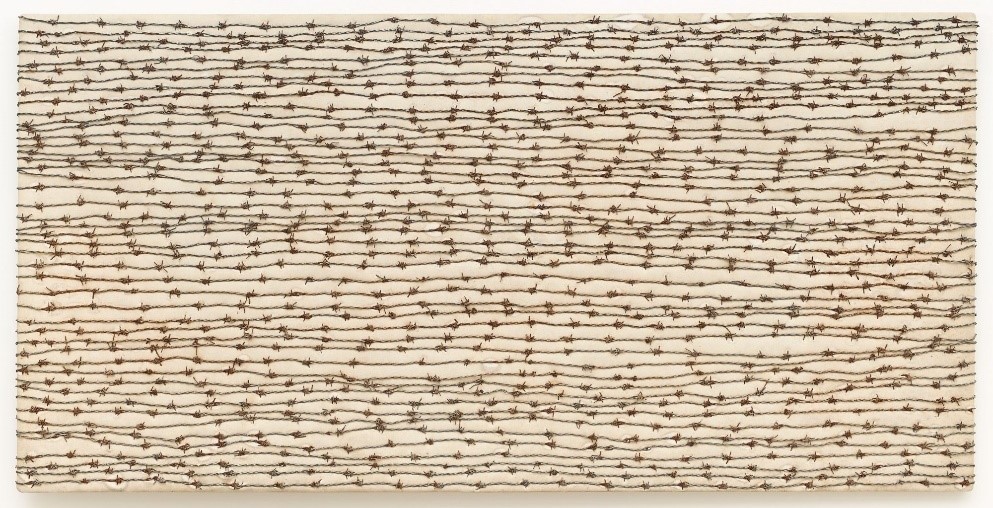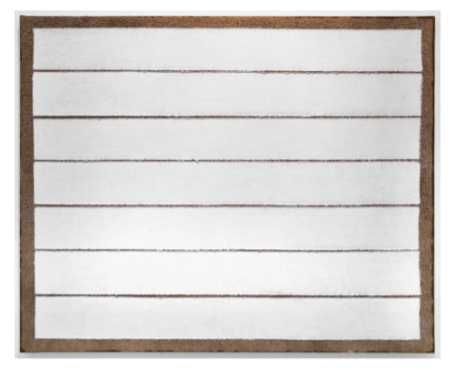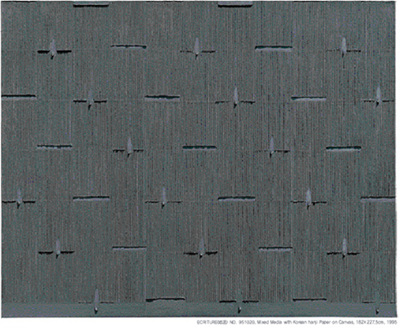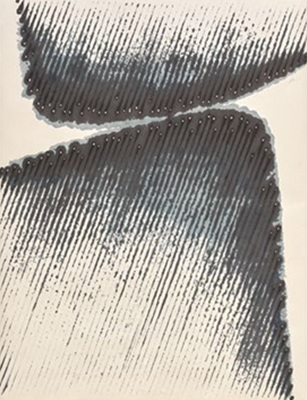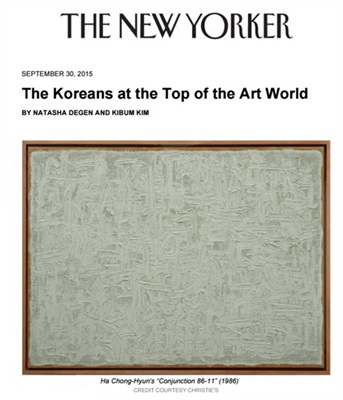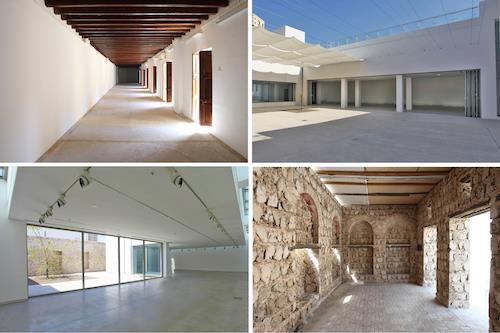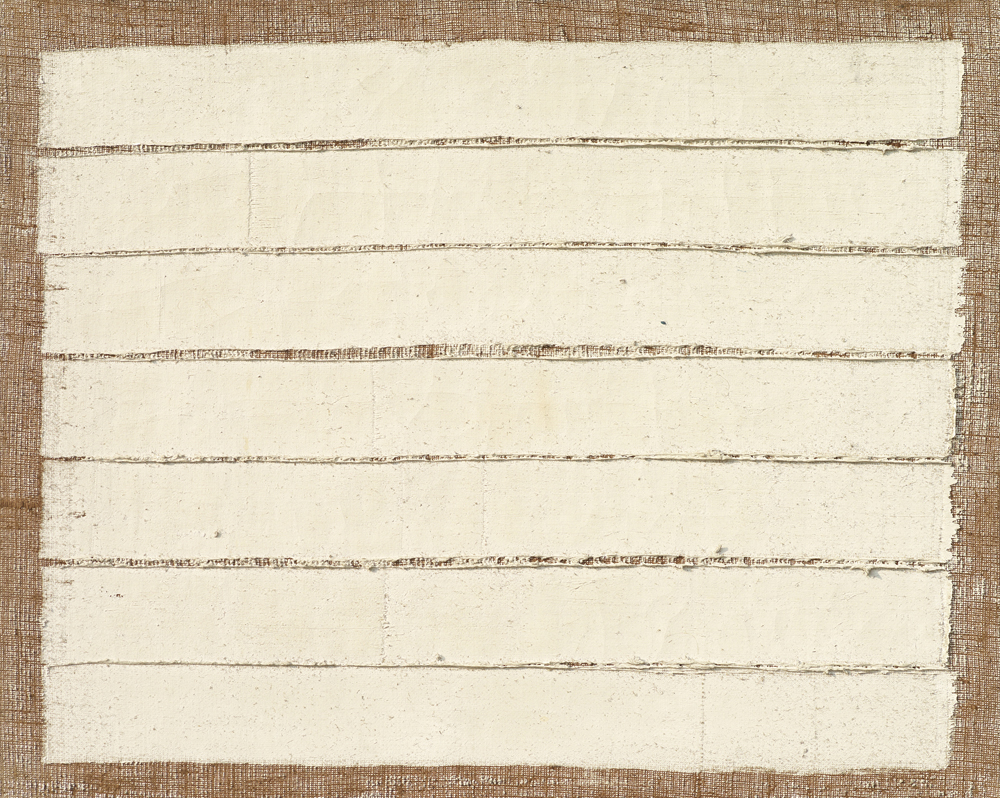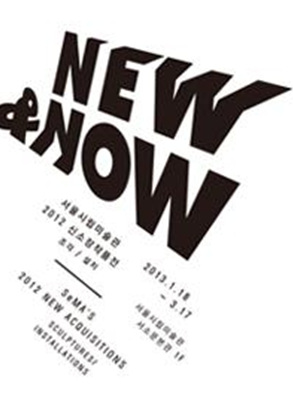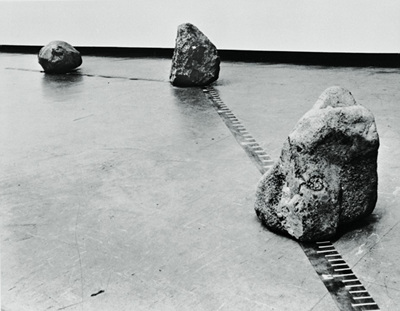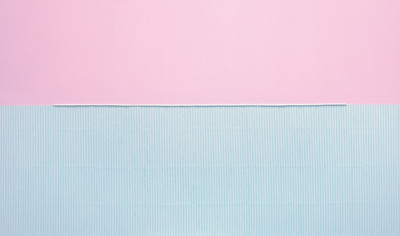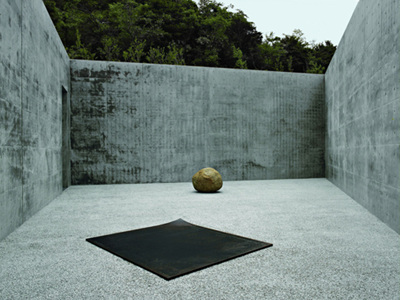 Korean Abstract Art: Kim Whanki and Dansaekhwa | KUKJE GALLERY
Korean Abstract Art: Kim Whanki and Dansaekhwa | KUKJE GALLERY
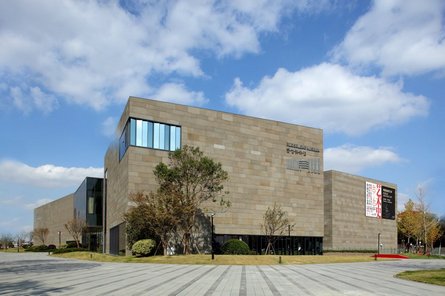
Nov 8, 2018 - Mar 2, 2019
INTRODUCTION
November 8 (Thurs.), 2018 – March 2 (Sat.), 2019
Powerlong Museum, Halls 5/6 (1F), Shanghai, China
Curator: Wang Chunjie(王纯杰)
Participating artists: Kim Whanki, Kwon Young-Woo, Chung Chang-Sup, Park Seo-Bo, Chung Sang-Hwa, Ha Chong-Hyun, Lee Ufan
Shanghai’s Powerlong Museum is pleased to announce Korean Abstract Art: Kim Whanki and Dansaekhwa, the first comprehensive exhibition of Korean abstract art to be held in China, on view from November 8, 2018 to March 2, 2019. The exhibition features seminal works by the 20th century master of Korean abstract painting Kim Whanki (1913–1974), along with leading figures of Dansaekhwa including Kwon Young-Woo (1926–2013), Chung Chang-Sup (1927–2011), Park Seo-Bo (b. 1931), Chung Sang-Hwa (b. 1932), Ha Chong-Hyun (b. 1935), and Lee Ufan (b. 1936). The exhibition provides a historical overview of Dansaekhwa, bringing together approximately eighty pieces from the 1970s to the present and introducing a full chronology of its evolution.
Korean Abstract Art: Kim Whanki and Dansaekhwa is a rare opportunity to comprehensively survey the influential movement and its historical context. Dansaekhwa is a uniquely Korean art movement widely celebrated as one of the most compelling chapters within the history of postwar art in East Asia along with the discrete movements originating in other parts of the region, including realist art in China and the Gutai group and Mono-ha in Japan. The exhibition at the Powerlong Museum follows two previous installments, Dansaekhwa, an official Collateral Event in the 56th Venice Bienniale in 2015 and When Process Becomes Form: Dansaekhwa and Korean Abstraction, held in collaboration with the Belgium-based Boghossian Foundation in 2016. This third exhibition establishes a platform for continued dialogue on the aesthetic impact and ongoing importance of Dansaekhwa and is noteworthy for being held in China where regional themes and related art histories can be directly engaged.
This exhibition features representative works by the widely regarded pioneer of Korean abstraction Kim Whanki, along with those by Dansaekhwa artists. Underlying their embrace of abstraction was the desire to create a distinct Asian modernism in response to western cultural influence. This framing was founded on the attempt to discover the junction between the abstract vocabularies of the west and the traditional aesthetics and philosophies of the east, whilst mirroring the zeitgeist of the 20th century Korean society. The Dansaekhwa artists constructed their conceptual framework of meditation and aesthetic philosophy, providing a robust synthesis of process based on mark-making and meditation that is heralded today as Korean abstraction, which is presented as the overarching theme of the exhibition.
Wang Chunjie, the curator of the exhibition, has written a comprehensive overview of the significance of Dansaekhwa in the context of Korean art history and culture in the introductory text of the exhibition catalogue. The text highlights that “Dansaekhwa provides a reinterpretation of the deeply engrained spiritual values of Korean culture and western abstract art, and has already created a profound legacy within the Korean art historical context through decades of development and experimentation.”
Shanghai's Powerlong Museum is an institution that presents new directions for the arts and culture sector of the Powerlong Group, one of China's biggest and most respected corporations. Since its launch in 2017, the museum has earned its reputation as an institution that pursues and advances traditional mediums and forms of oriental aesthetics within a contemporary context. The opening of Korean Abstract Art: Kim Whanki and Dansaekhwa at the Powerlong Museum is part of the museum's enduring attempt to balance the traditional and the contemporary, introducing new possibilities from when the first international exhibition of the seminal movement was held under the title Dansaekhwa at the 56th Venice Biennale in 2015.
Wendy Xu (许华琳), the Executive Administrator of Powerlong Culture, anticipates that Korean Abstract Art: Kim Whanki and Dansaekhwa will not only offer a timely introduction to Dansaekhwa to Chinese audiences, but also renew interest in East Asian arts and culture in broader terms. Xu has remarked that “Dansaekhwa works surrender themselves to the elements of nature, exuding their inherent calmness and precision, as if all facets are in complete harmony with one another,” and further that “the abundance of oriental sentiment and value embedded in these works, along with the creative paths and artistic ideologies these Korean abstract artists have presented, will resonate with today’s Chinese audiences and provide many essential points for discourse.”
Concurrently, the Powerlong Museum will also open an exhibition titled ART HISTORY SHAPED BY 40 ARTISTS, curated by the renowned Chinese curator Lv Peng (呂澎). This year marks the 40th anniversary of the Chinese economic reform that took place in 1978 and in order to commemorate the occasion, the Powerlong Museum will celebrate the vital role of modern and contemporary art through the work of forty outstanding artists who have been active in both China and abroad since 1978. Combined with Korean Abstract Art: Kim Whanki and Dansaekhwa, these two exhibitions will provide a platform to juxtapose parallel chapters of art history from both Korean and Chinese perspectives.
《한국의 추상미술: 김환기와 단색화》
2018년 11월 8일(목) - 2019년 3월 2일(토)
중국 상하이 파워롱 미술관 1층 제5, 6 전시실
큐레이터: 왕춘지에(王纯杰)
작가: 김환기, 권영우, 정창섭, 박서보, 정상화, 하종현, 이우환
중국 상하이 소재의 파워롱 미술관(Powerlong Museum)은 11월 8일부터 2019년 3월 2일까지 《한국의 추상미술: 김환기와 단색화》전을 개최한다. 이번 전시는 중국에서 한국 추상미술을 대규모로 소개하는 최초의 전시로, 추상미술의 대가 김환기(1913-1974)를 비롯해 단색화의 거장 권영우(1926-2013), 정창섭(1927-2011), 박서보(b.1931), 정상화(b.1932), 하종현(b.1935), 이우환(b.1936)의 1970년대부터 오늘날에 이르는 주요 작품 80여 점을 한 자리에서 선보이며 한국 단색화의 연대기를 집중 조명한다.
《한국의 추상미술: 김환기와 단색화》전은 지리적으로 같은 동아시아지만 구상미술이 상대적으로 우세했던 중국에서 일본의 구타이 그룹, 모노하와 더불어 제 2차 세계 대전 이후 아시아 현대미술에서 가장 유의미한 흐름 중 하나로 자리 잡은 단색화의 전면을 체계적으로 소개하는 흔치 않은 기회다. 또한 제56회 베니스 비엔날레의 병행전시로 열린 《단색화》전(2015)과 벨기에 보고시안 재단과 연 《과정이 형태가 될 때: 단색화와 한국 추상미술》 특별전(2016)에 이어 국제적으로 단색화의 미학과 가치에 대한 담론을 형성하는 중요한 자리다.
이번 전시에서는 한국추상미술의 선구자 김환기의 주요 작품을 비롯하여 단색화 작가들의 주요 작품을 만날 수 있다. 이들은 모더니즘을 수용, 계승하는 과정에서 작가 자신이 처한 역사, 문화, 사회적 맥락에 당시 격동기였던 한국 사회의 시대적 정신을 반영하고자 했다. 단색화 작가들은 관조, 수행, 사색 등 각자의 방식을 통해 새로운 개념의 추상미술과 고유한 창작 스타일을 형성했는데, 그 결과물이 이번 전시에서 대거 선보인다. 큐레이터 왕춘지에(王纯杰)는 전시 도록의 서문에서 단색화가 한국 미술사 및 문화사에서 지니는 의미를 언급하며, “단색화 예술은 한국문화의 깊은 정신적 가치와 서구 추상미술에 대한 재해석이며, 수십 년 발전하는 과정에서 이미 한국 현대문화의 토양 속에 깊숙이 뿌리내렸다”라고 강조했다.
파워롱 미술관은 모체이자 중국의 대표 기업 중 하나인 파워롱 그룹의 미술문화 사업에 새로운 방향성을 제시하고 견인하는 기관이자 전통 매체와 형태를 계승하는 미술관으로 정평이 나 있다. 이번 전시는 특별히 동양미학이 현대사회에서 어떻게 발전할 수 있는지 미술을 통해 탐구하고자 하는 파워롱 미술관에서 개최되었다는 점에서 지난 2015년 베니스에서의 전시 《단색화》전 등과는 또 다른 새로운 가능성을 시사한다.
파워롱 그룹의 문화사업을 총괄하는 상임이사 쉬화린(许华琳)은 《한국의 추상미술: 김환기와 단색화》전에 각별한 기대를 표명했다. 그는 “단색화 작품에서는 자연에 순응하면서도 모든 것이 자연스럽게 흘러가는 듯한 침착함과 정교함이 느껴진다”며 “한국 추상미술가들이 걸어온 창작의 여정, 예술적 이념으로 완성된 이번 전시가 단색화를 포함한 동양 정신에 기반한 예술에 대한 탐구를 이끌고, 동아시아 전통문화에 대한 미학적 가치를 발굴하여 연구를 촉진하는 계기가 될 것으로 믿는다”고 포부를 밝혔다.
한편 《한국의 추상미술: 김환기와 단색화》전과 같은 기간에 파워롱 미술관에서는 중국의 저명한 큐레이터 뤼펑(呂澎)이 기획한 《예술가 40 x 40 : 40인의 예술가를 통해 본 개혁개방 이후 40년 간의 중국현대미술(ART HISTORY:SHAPED BY 40 ARTISTS)》전이 개최된다. 올해 2018년은 중국이 개혁개방 40주년을 맞이한 해로, 파워롱 미술관은 1978년부터 현재까지 활동 중인 중국작가 40인의 작품을 통해 중국 현대미술의 행보와 자취를 회고하는 대규모 전시를 마련했다. 나란히 선보이는 두 개의 전시는 각기 다른 맥락에서 양국 미술 역사의 주요 단면을 직접 비교할 수 있는 흔치 않은 기회가 될 것으로 보인다.
THE ORGANIZING INSTITUTION
Shanghai’s Powerlong Museum was founded in 2017, based on the mission to “carry forth Chinese traditional culture, promote contemporary art.” It is directed by Mr. Hoi Kin Hong, Chairman of the Powerlong Group. Since its launch, the Powerlong Museum has spearheaded the promotion of wider public understanding of contemporary art through curatorial projects as well as academic events and educational activities open to the general public. The permanent collection at the Powerlong Museum brings together important works by Chinese modern and contemporary masters including Qi Baishi, Zhang Daqian, Cai Guo-Qiang, and Zhan Wang, and is continuing to expand its collection by also acquiring works by seminal international artists. Occupying a total area of 23,000m2, the museum is composed of ten exhibition halls of varying sizes from 500m2 to 1,000m2. Three of these exhibition halls are used to display the museum’s permanent collection, while the remaining seven are utilized for curated exhibitions on contemporary art. The museum is operated under the direction of Wendy Xu, the Executive Administrator of Powerlong Culture, who also oversees the operations of the Powerlong Art Center and XU Gallery, which are under the auspices of the Powerlong Group along with the museum.
About the Powerlong Group (寶龍集團) Founder Mr. Hoi Kin Hong (許健康)
Mr. Hoi Kin Hong founded the Powerlong Group in 1990. He is widely regarded as one of the most successful entrepreneurs in China in addition to playing a significant role in Chinese political affairs and philanthropy. Supporting its mission to contribute to urban prosperity and to create new values, the Powerlong Group has made an impact in five crucial sectors of urban development: real estate, commercial property, hotel and tourism, arts and culture, and the information industry. For his longstanding contributions, Mr. Hoi Kin Hong has received many honors and accolades and is prominently listed on respected rankings including “The Most Influential Entrepreneurs in China,” “Charity Special Contribution Award of China,” “China’s Top 10 Figures of Industry Innovation Award,” “Contributor to Real Estate Brands in China,” “China’s Commercial Property Figures of the Year,” and more.
상하이 파워롱 미술관(Shanghai Powerlong Museum, 寶龍美術館)
상하이 파워롱 미술관은 지난 2017년 파워롱 그룹(Powerlong Group, 寶龍集團)의 회장 쉬지엔캉(許健康)이 제시한 “중국 전통문화의 전진, 현대미술의 발전”이라는 비전을 기반으로 설립되었다. 파워롱 미술관은 미술 전시 외에도 다양한 학술행사 및 교육활동을 통해 현대미술에 대한 대중들의 이해를 도모하는데 앞장서고 있다. 치바이스(齊白石), 장다치엔(張大千) 등 근대미술 대가들의 작품과 차이궈창(蔡国强), 잔왕(展望) 등 현대미술 작가들의 작품을 대거 소장하고 있으며, 점차 해외 현대미술로 컬렉션의 범위를 확장해나가는 중이다. 총면적 23,000평방미터에 이르는 파워롱 미술관은 각각 500-1,000평방미터에 달하는 10개의 전시장으로 구성되어 있으며, 이 중 3 곳의 전시장은 미술관의 소장품을, 나머지 7곳의 전시장은 현대미술을 선보이는 공간으로 활용 중이다. 현재 파워롱 문화 상임이사인 쉬화린은 미술관뿐 아니라 파워롱 그룹 산하, 파워롱 문화 소속의 아트센터, 갤러리 등을 총괄하고 있다.
파워롱 그룹(寶龍集團,Powerlong Group) 및 설립자 쉬지엔캉(許健康)
중국에서 가장 성공한 사업가이자 유력 정치인인 동시에 자선사업가로도 잘 알려져 있는 쉬지엔캉은 지난 1990년 파워롱 그룹을 설립했다. 파워롱 그룹은 도시 번영에 기여하고 새로운 가치를 창출한다는 사명을 가지고 부동산, 호텔, 관광, 문화예술, 정보산업 분야에서 사업을 펼쳐 나가고 있다. 쉬지엔캉 회장은 “중국에서 가장 영향력 있는 기업가(中國最具影響力的企業家)”, “중국의 자선 특별기부상(中國公益事業特別貢獻獎)”, “중국개혁개방 30년 중국기업인 30인(中國改革開放30年感動中國經濟30人)” 등에도 선정된 바 있다.
WORKS
|
권영우(1926-2013) |
정창섭(1927-2011) |
|
|
박서보(b. 1931) |
정상화(b. 1932) |
|
|
하종현(b. 1935) |
이우환(b. 1936) |
|
INSTALLATIONS
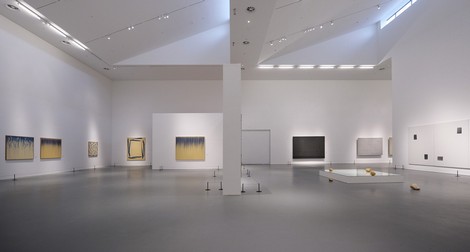
|

|
|
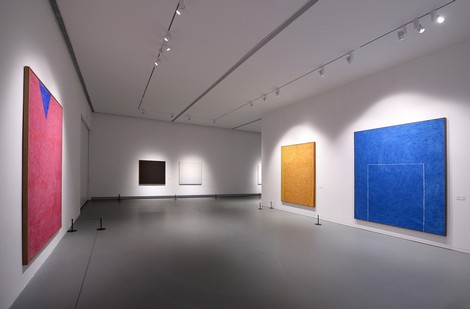
|
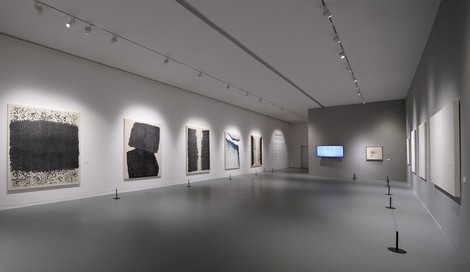
|
|
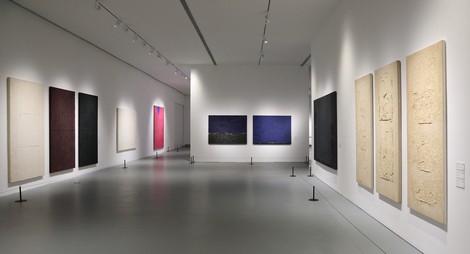
|
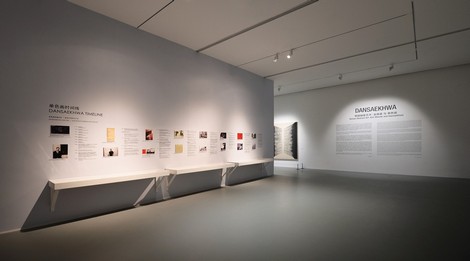
|
|
VIDEOS
|
Installation Video |
